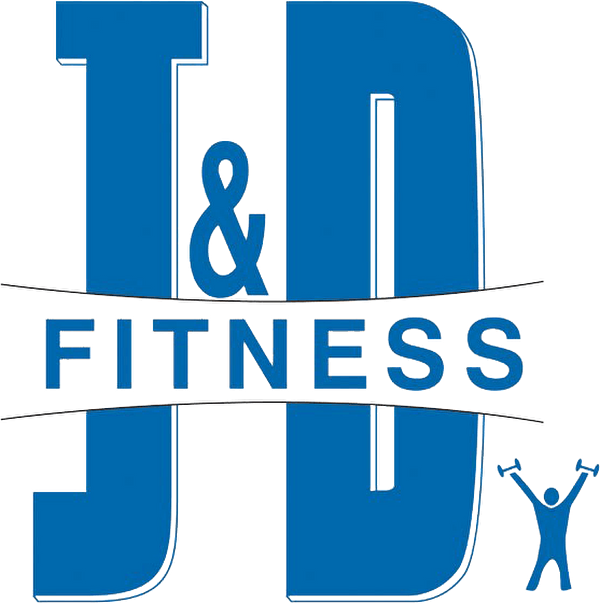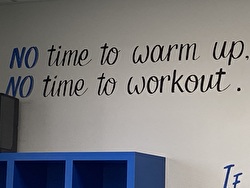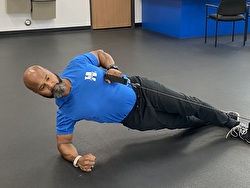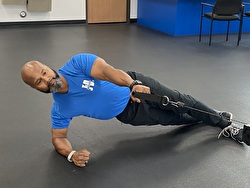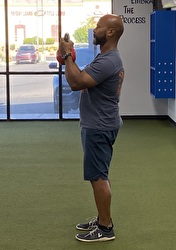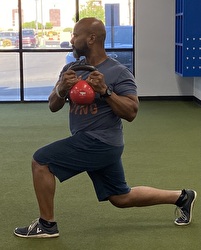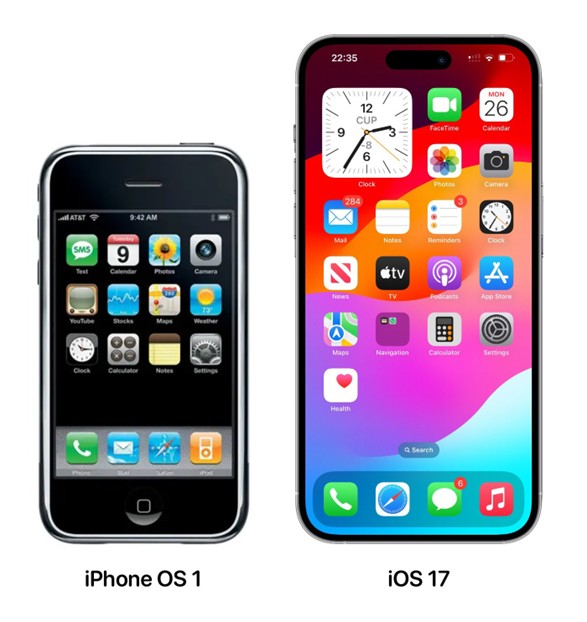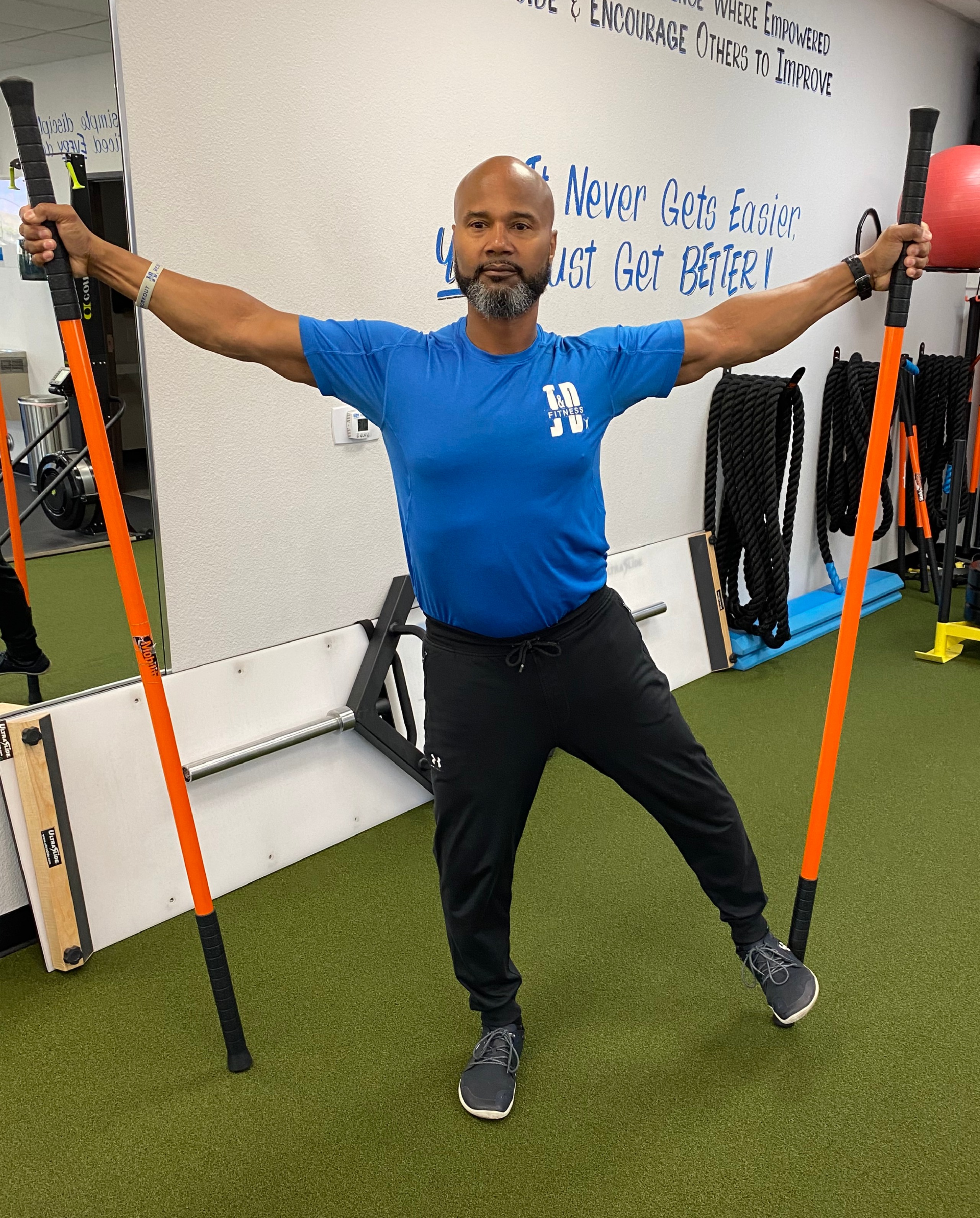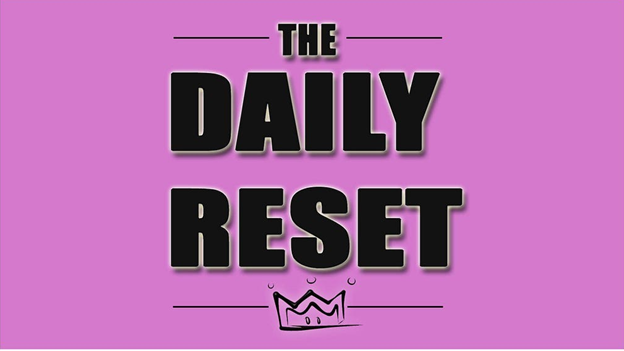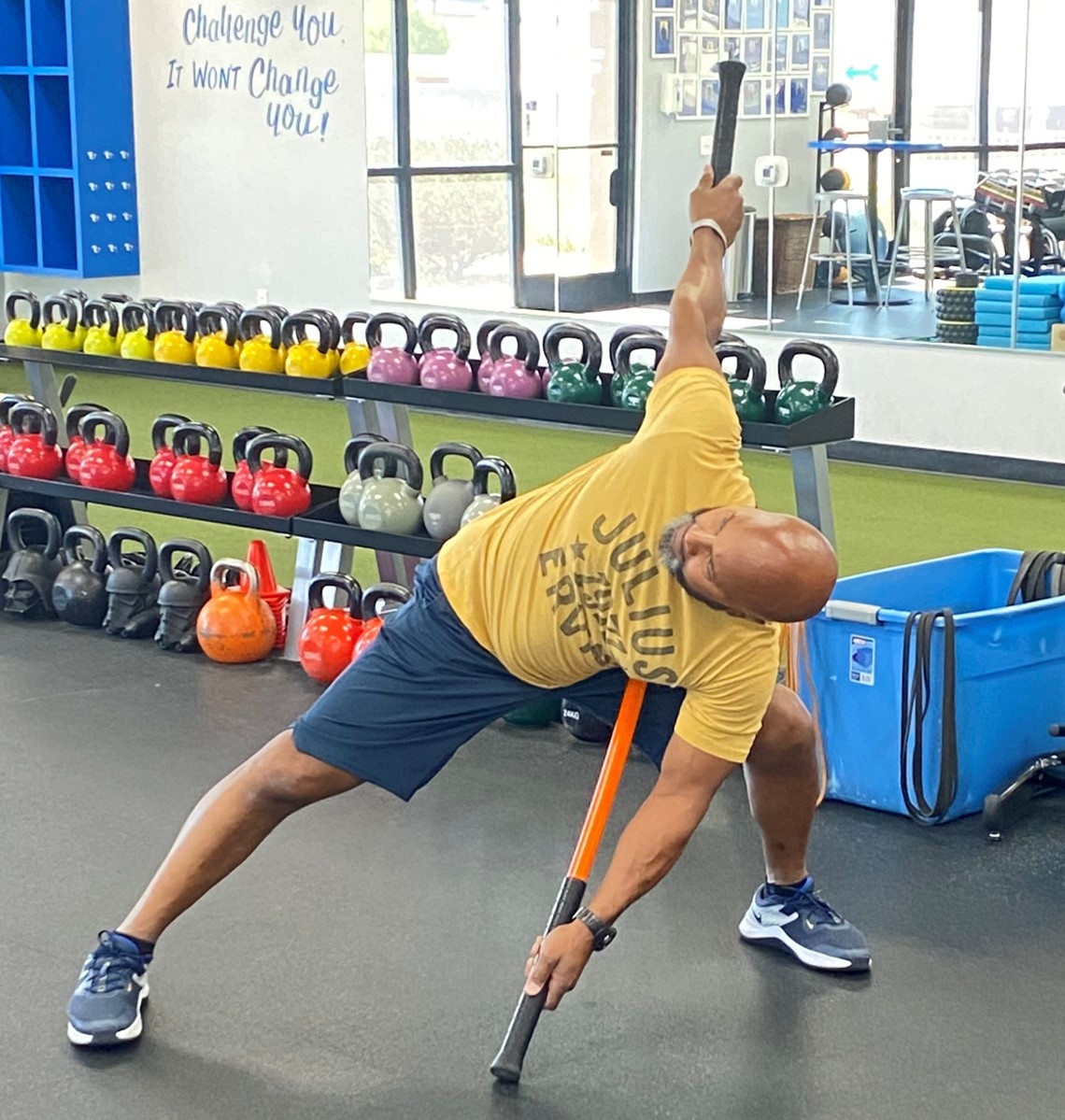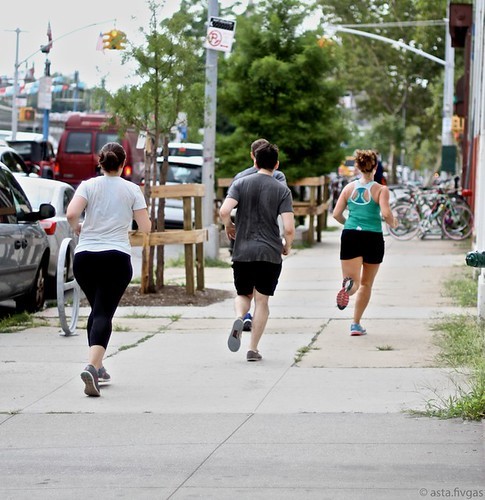Protein has finally risen in the pyramid of nutritional discussions, and people are starting to accept its importance and value in their dietary life. As in all hot topics, along with the popularity of a current trend, there comes with it a host of misinformation. As a person who has spent the last thirty-four years of his life in the fitness industry as a trainer, I have witnessed how polarizing nutritional talk can become. Behind religion and politics, I believe nutritional talk can be just as emotional for people. My objective in this post is not to recommend or tell you which protein to supplement, but rather bring your attention to a few terms you should be aware of when shopping for a protein powder supplement. I’m not going to discuss the science of what a protein is and its effects on human tissue, but rather the amino acids that configure a protein, the bioavailability of distinct types of protein, and then provide a few examples of the different types available on the market.
Proteins are built from a standard set of twenty amino acids; in ribosome-based protein synthesis, many organisms also use two additional special cases, bringing the total to twenty-two in some contexts.
The twenty standard amino acids
These are the common “proteinogenic” amino acids incorporated by ribosomes into proteins: alanine, arginine, asparagine, aspartic acid (aspartate), cysteine, glutamine, glutamic acid (glutamate), glycine, histidine, isoleucine, leucine, lysine, methionine, phenylalanine, proline, serine, threonine, tryptophan, tyrosine, and valine.

Essential vs nonessential (human nutrition)
Of the standard twenty, nine are essential in human diets because they cannot be synthesized endogenously (created by the body): histidine, isoleucine, leucine, lysine, methionine, phenylalanine, threonine, tryptophan, and valine. The remaining eleven are nonessential because the body can produce them.
When investigating a protein supplement, confirm that it has all nine of the essential amino acids, because without that it is incomplete.
Common eating preferences that dictate protein choices include dietary patterns, ethical beliefs, health conditions, culinary habits, and cultural or religious practices.
Popular Diet Patterns
- Vegetarian: Avoids meat and fish, often consumes dairy, eggs, legumes, nuts, seeds, and soy for protein.
- Vegan: Avoids all animal products, relies exclusively on plant proteins (beans, lentils, tofu, nuts, seeds, grains).
- Pescatarian: Eats fish and seafood, sometimes includes dairy and eggs but no red or white meat.
- Flexitarian/Omnivorous: Includes both plant and animal protein sources, varying preferences for lean meats, fish, dairy, eggs, and plant-based options.
Health and Lifestyle Choices
- Low-fat/Heart-healthy: Often prioritizes fish, lean poultry, legumes, and low-fat dairy, limits red meat and saturated fat sources.
- Low carb/Keto: Favors animal proteins like meat, fish, eggs, and some dairy while minimizing legumes and grains.
- Allergen-free: May avoid dairy, eggs, or soy due to food allergies, choosing alternative sources like meat, fish, or legumes.
Cultural and Religious Preferences
- Cultural backgrounds may affect preferred protein, such as the prominence of lentils in Indian cuisine or tofu in East Asian diets.
- Religious practices may restrict specific meats (such as kosher or halal requirements, or Hindu avoidance of beef).
Practical Considerations
- Cost and convenience: Surveys show these are significant factors; beans, eggs, and processed plant proteins are often chosen for affordability and accessibility.
- Perceived health benefits: Individuals may select certain proteins for their health impact, like plant-based proteins for managing cholesterol or fish for Omega-3 fatty acids.

Different protein supplement sources have distinct bioavailability percentages, meaning the proportion absorbed and utilized by the body varies notably depending on the type.
Key Considerations
- Animal-based proteins (whey, casein, egg, milk) generally have higher bioavailability due to complete amino acid profiles and better digestibility.
- Plant-based proteins (soy, pea) typically fall behind animal sources because of incomplete absorption and lower amounts of certain amino acids like leucine.
- Many supplement labels use “PDCAAS” and “DIAAS” scores to represent protein quality and digestibility—values close to 1 (or 100%) indicate optimal bioavailability.
Bioavailability can influence supplement choice based on goals (muscle building, recovery) and dietary preferences, making whey isolate one of the most efficient sources, while plant-based proteins are suitable when dietary restrictions require them. This simple means that if one chooses plant-based protein, applying math, you may need to consume more of it to equate to consuming Whey isolate or egg.
Protein supplements available on the market are diverse, offering options for a wide range of dietary preferences and needs.
Animal-Based Protein Supplements
- Whey Protein: Derived from milk, includes concentrate, isolate, and hydrolysate forms.
- Casein Protein: Also, milk-derived, slower digesting, available as micellar or hydrolysate.
- Egg Protein: Sourced from egg whites, high in bioavailability.
- Collagen: Extracted from animal connective tissue, popular for skin and joint health, but not a complete protein.
- Beef Protein: Made from beef isolates, less common but available.
Plant-Based Protein Supplements
- Soy Protein: Popular choice, a complete protein, often used for vegan and vegetarian diets.
- Pea Protein: Hypoallergenic, good amino acid profile, used alone or in blends.
- Rice Protein: Typically blended with other plant proteins to create a complete amino acid profile.
- Hemp Protein: Contains fiber, omega-3s, and is less processed.
- Pumpkin Seed, Oat, and Other Novel Proteins: Used in specialty or allergen-friendly products.
Hopefully, this clarified some of the confusion with protein supplements and will allow you to make a better decision when shopping.
